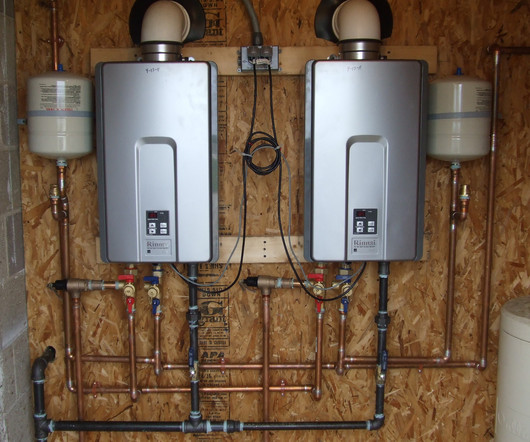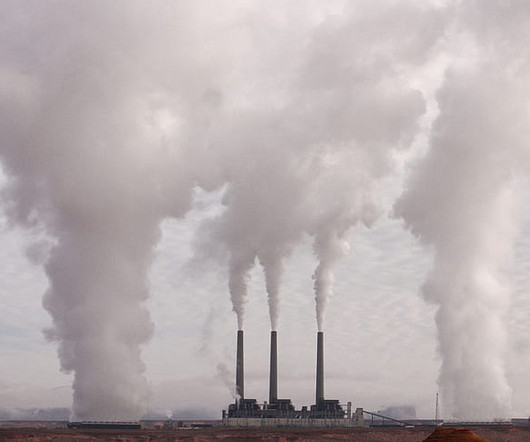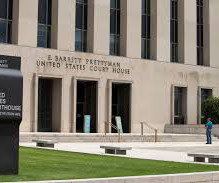Unraveling LA’s Hydrogen Combustion Experiment
Legal Planet
MARCH 6, 2023
But with the recent influx of government incentives for hydrogen production, new and improving production and storage technologies, and greater political will than ever before, H 2 ’s reputation is gaining favor. But for many of these use-cases, hydrogen doesn’t do the job particularly well, at least as compared to existing technology.















Let's personalize your content